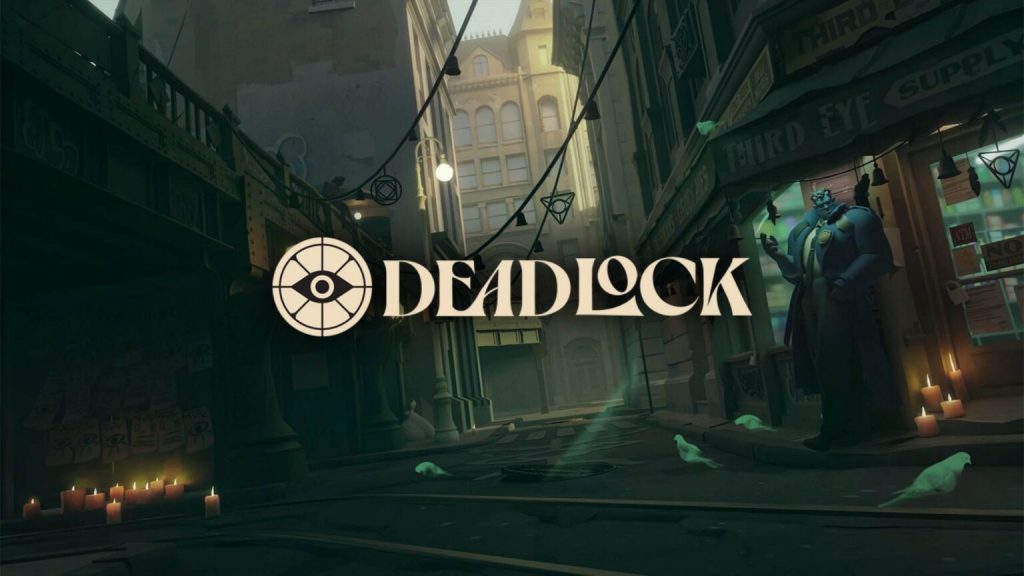In team games, especially in the MOBA genre, a team’s success often hinges on strategy and tactics—essentially, players’ actions throughout the game. This concept is known as macro-gaming, which involves planning, navigating the map, and making informed decisions.
Macro-gaming contrasts with micro-gaming: while micro-gaming focuses on actions and mechanics, such as accuracy, dodging, and reaction speed, macro-gaming is about setting goals, assessing the situation, and thinking through each move in advance.
Let’s explore what macro-gaming entails and how it can enhance your effectiveness as a player.
Deadlock: art
Contents
Main tasks of the macro game: farming, ganks, and team fights
The macro-game involves three essential tasks:
- Farming: This is the process of resource extraction, allowing the hero to gain experience and enhance their equipment. Typically, farming is accomplished by killing creeps and collecting items scattered throughout the map.
- Ganks: These are surprise attacks on the enemy. Successful ganks can provide a team with a significant advantage by eliminating key enemy heroes from the battlefield.
- Teamfights: These are large-scale battles where coordination and teamwork are crucial. A well-coordinated team can change the course of the game by effectively using their abilities and positioning themselves wisely.
In Deadlock, each hero possesses unique abilities, making them best suited for specific tasks rather than attempting to do everything simultaneously. For instance, one hero may be speedy at farming, another may excel at ganking, and a third may be beneficial in significant battles. While some universal heroes can perform all tasks competently, they typically do not excel in any particular tasks.
Examples of characters and their roles in a macro game.
Let’s examine three hero examples to understand better how their traits influence macro play:
- Seven is an excellent hero for farming, as he can swiftly clear lines and gain experience. He becomes more impactful in the game’s late stages when his powerful abilities let him play more aggressively. However, in the early game, Seven struggles in team fights and ganks due to his lack of mobility and enemy control abilities.
- Mo & Krill: His strength lies in ganking enemies. His powerful ultimate ability lets him capture and eliminate an opponent almost every minute. However, Mo & Krill can struggle with farming quickly and dealing significant damage in large battles. If a fight breaks out unexpectedly, his ultimate can be interrupted, leaving him unable to contribute effectively to the encounter.
- Dinamo is strong in team fights due to his ability to control multiple opponents. However, his mobility is limited, and he is slow at farming. As a result, Dinamo may not always be effective for other macro game objectives.
Universal Heroes
Deadlock: art
Some heroes can perform various tasks equally well, making them versatile. One example is Warden, who can efficiently farm, control lanes, and gank. With his abilities, Warden can move quickly around the map and provide prompt support to his team in battles. His flexibility allows players to adjust their strategies based on the situation.
Other versatile heroes like Lady Geist, Haze, and Wraith possess valuable skills for different game stages. For instance, Lady Geist can gank effectively and deal significant damage during team fights. At the same time, Haze, with his high movement speed, excels at farming and supporting the team by transitioning swiftly between forest camps.
Prioritizing: How to Make Decisions in the Game
Deadlock hero: Infernus
To establish the main priorities for the game, the Blix team has organized them by priority level, from lowest to highest:
Highest Priority:
- Defeating midboss
- Fluffing lines
- Attacking towers
- Executing ganks
Medium Priority:
- Farming in the forest
- Defending towers
- Engaging in team fights
Low Priority:
- Moving around the map
- Farming additional resources
- Controlling buffs
Here are three key points to help you determine the best task priority based on the situation in the game. For instance, if you find yourself in the forest while a fight is happening on the opposite side of the map, assess whether you can accomplish more critical tasks, such as pushing a lane or capturing a tower, instead of merely continuing to farm the jungle. This strategy allows you to enhance performance and maximize your team’s overall benefits.
How to Adapt to Your Opponent’s Style
Deadlock hero: Haze
Effective macro play requires you to evaluate your team’s strengths and weaknesses and those of the enemy team. If your opponents are focused on team fights, it’s wise to steer clear of large-scale battles and instead split up your team to eliminate their heroes one by one. On the other hand, if the enemy has strong farming capabilities, you should prioritize ganks to prevent them from accumulating resources quietly.
Conclusion
Deadlock hero: Seven
Macro-gaming involves more than just completing specific tasks; it requires the effective distribution of those tasks and the ability to adapt them to different situations. A successful macro-game hinges on flexibility and the capacity to analyze events on the map. No single strategy guarantees victory, so it’s essential to adjust your actions constantly. Develop strategic thinking, focus on your hero’s strengths, and prioritize tasks to enhance your chances of success and win more often. For more content related to Deadlock, we recommend visiting the Reddit thread.


